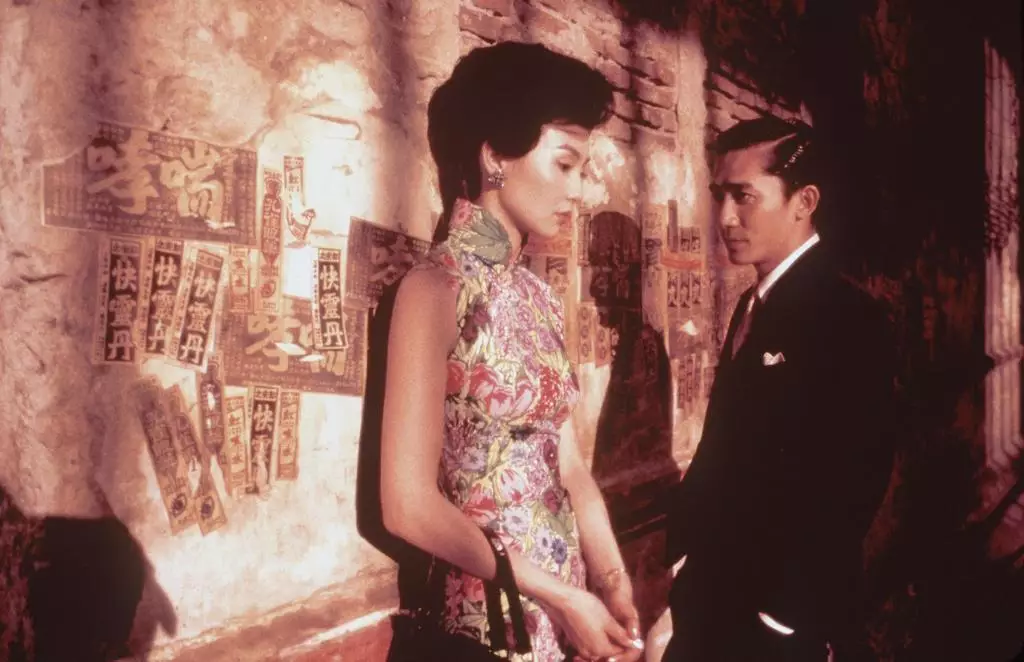The theatrical landscape in 2025 is shaping up as a brutal battlefield, where independent films fight tooth and nail for the faintest glimmers of audience attention beneath the overwhelming shadow of major studio blockbusters. While Hollywood giants are flexing their marketing muscles and ramping up big-budget releases after a sluggish start to the year, small indies are left to navigate scarce screen availability and an unforgiving marketplace. The numbers tell an uneven tale: certain indie projects manage impressive per-theater averages, but the broader environment reveals troubling signs about the sustainability and accessibility of true cinematic diversity in theaters today.
This weekend’s limited release of A24’s *Sorry, Baby* is a prime example of this paradox. Directed by Eva Victor in her heralded debut, the dark comedy shattered expectations in just four theaters, generating an admirable $86,500 — a $21,600 per-theater average that hints at both critical acclaim translating into passionate niche viewership and smart targeting. Its 96% Rotten Tomatoes rating and status as a breakout Sundance hit underline a perceptible hunger among audiences for distinctive, original voices. However, the fact that a film of such quality is confined initially to only a handful of venues underscores the ongoing marginalization of indie films. While Victor’s film has momentum and an encouraging expansion plan, it still contends with an ecosystem that often prioritizes corporate appetites over artistic innovation.
Strategies and Survival in the Indie Sector
Success for indie films today is less about mass reach and more about strategic precision — careful rollout plans, targeted marketing, and the ability to leverage various distribution channels. Take Celine Song’s *Materialists*, for example: while it plays on nearly two thousand screens, its gradual climb toward a $30 million cumulative gross highlights how precise timing and a slowly building audience can foster legitimate commercial traction even outside blockbuster territory. However, these instances, laudable as they are, might still be outliers in a system tilted heavily in favor of spectacle and franchise fandom.
Moreover, the indie sector’s reliance on sister platforms and streaming channels to monetize content reflects a tacit acceptance that theatrical box office is no longer the sole or sufficient yardstick for success. IFC’s handling of films like *Hot Milk* and *Materialists*, channeling audiences between theaters and niche streaming services like Shudder, exemplifies this hybrid approach. While adaptable, this model also points to a landscape where theatrical experiences become the privilege of larger films or smaller ones with exceptionally savvy backers, potentially leaving many worthy indie projects invisible.
Curated Classics and Their Surprising Role
Amid this turmoil, the rerelease of classic and cult films offers an intriguing counterpoint—and arguably, a reprieve—for arthouse cinema lovers thirsty for the theatrical experience. Janus Films’ remastered 25th anniversary edition of Wong Kar-wai’s *In The Mood For Love* is projected to earn $52,000 in limited release, a testament to the enduring power of timeless cinema and the draw of nostalgia combined with restoration quality. These rereleases, while not new productions, often outperform contemporary indie debuts in revenue, highlighting complacency in the market’s appetite and raising uncomfortable questions about how much theatrical space is truly devoted to present-day creative risk-taking.
If the classics are celebrated and monetized with such vigor, why do fresh voices often struggle to break through? The answer lies partially in economics but also reflects a troubling cultural inertia—audiences and exhibitors, both conditioned by spectacle-heavy blockbusters and familiar properties, have less patience and fewer real opportunities to engage with new stories that require patience, nuance, and often discomfort.
The Underappreciated Power of Indie Narratives
Nevertheless, films like *Sorry, Baby* and *Materialists* remind us of the artistic vitality pulsing beneath the blockbuster behemoth. These works disrupt formulaic storytelling conventions and foreground diverse voices, from Eva Victor’s incisive dark comedy to Celine Song’s impactful narrative, pushing against homogenization. They represent a crucial ideological battle within film: between culture as a commodity and culture as a conduit for reflection, empathy, and challenging society.
A sustainable future for indie cinema will rely on a recalibration of both audience expectations and industry priorities. The symbiotic relationship between theatrical exhibition, savvy distribution, and emerging technologies must be leveraged not merely for profit but to bolster cinematic pluralism. Without this, the multiplex risks becoming a graveyard of originality, where only sequels, reboots, and remasters draw breath.
In this tumultuous climate, the bravery of filmmakers like Victor and Song unfolds not just on screen but in their very ability to survive an industry reluctant to nurture urgent and innovative storytelling. Their journeys are both a testament to indie resilience and a clarion call to cinephiles, exhibitors, and distributors alike: to demand and defend a cinema that dares to be more than safe, more than familiar, and ultimately more human.


Leave a Reply